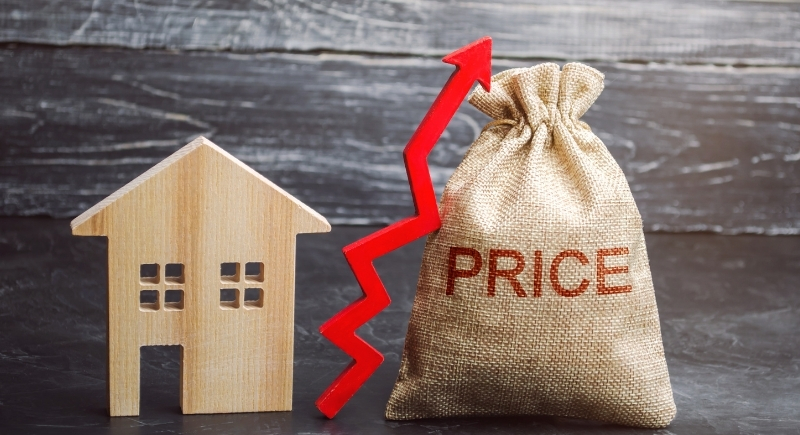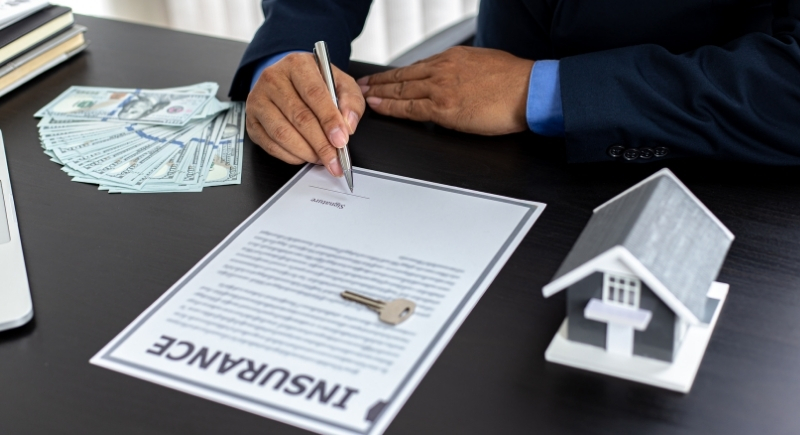Why Rising House Prices Are Actually Terrible for Everyone
When housing prices soar, the first reaction tends to be celebration. Homeowners feel richer on paper, news outlets talk about “booming” markets, and politicians cheer signs of “economic strength.” However, all that upbeat chatter hides a hard truth that’s becoming impossible to ignore. High house prices are wrecking the balance of everyday life for millions of people.
In 2025, the median U.S. home price sits above $410,000, according to the Census Bureau. That’s more than ten times what a typical home cost fifty years ago, while incomes have grown only a fraction of that pace. When prices climb, it signals a growing problem: fewer people can afford a basic need.
Economists warn that the pattern continues to hurt households. Data from New Zealand’s Motu Research and Victoria University shows that between 2005 and 2021, housing costs there jumped 142%, and renters’ wellbeing fell in direct proportion. The researchers found that even when prices dipped later, the damage continued.
People living with constant housing insecurity reported worse health, higher stress, and lower life satisfaction. The same pressures now shape cities across America, where the housing crisis has become one of the clearest signs of inequality.
The Hidden Cost of “Wealth”

Image via Getty Images/Andrii Yalanskyi
Many people assume that rising home prices make everyone wealthier. The truth is that the benefits mostly stay with those who already own property. For renters, higher prices mean rent hikes, tighter budgets, and greater distance from homeownership. For homeowners still paying off a mortgage, the wealth effect exists mainly on paper. Their house might be worth more, but every other house they could buy costs more, too. Unless they plan to sell and downsize, the gain changes very little about daily life.
Supply Problems and the “Rate Lock” Trap
Experts agree that the housing crunch comes down to supply. For years, builders failed to keep up with demand, especially for affordable starter homes. After the 2008 financial crisis, new construction slowed dramatically, and that shortfall never disappeared. By the mid-2020s, first-time buyers were competing for a limited number of properties while existing homeowners stayed put.
Another major issue is the “rate lock” effect. During the pandemic, millions of Americans locked in mortgage rates around 3%, while today’s rates hover between 6% and 7%. Selling now would mean taking on a new mortgage that could cost hundreds more per month.
Most homeowners aren’t willing to make that jump, so they stay put.
Construction and Insurance Costs Pile On

Image via Canva/89Stocker
Even when builders want to add more homes, building in itself has become much more expensive. Tariffs on imported materials, such as the 35% duty on Canadian lumber, raise construction costs. Labor shortages add more pressure, as companies pay top wages to get projects finished.
In addition, insurance premiums have surged, especially in disaster-prone states. The U.S. Treasury estimates that homeowners in high-risk ZIP codes pay 82% higher insurance rates than those in safer regions. Some insurers have even stopped renewing policies in wildfire and flood zones, which has left buyers with limited choices and higher costs.
These issues make it clear that the problem goes beyond demand. The system itself has become stacked with rising costs that make affordable housing harder to achieve.
When Homes Make People Sick
The financial strain of housing is now being linked to physical health. A global review published in BMC Public Health found that rising housing prices directly affect physical and mental well-being.
As costs climb, renters and low-income families experience chronic stress, anxiety, and worsening health. The review also found that high housing costs reduce access to essentials like food and medical care. Even homeowners face challenges when higher interest rates or property taxes stretch their finances thin.
A rising housing market might look like progress on paper, but its real-world impact tells a different story. It benefits a small share of the population while leaving millions of others facing instability and stress. Communities lose balance when housing becomes an investment game rather than a foundation for living well.
The solution is straightforward in principle: build more homes, improve rental protections, and keep housing focused on what it should be—shelter. Until then, every “record-breaking” price tag will serve as a reminder that the system rewards ownership at the expense of fairness.